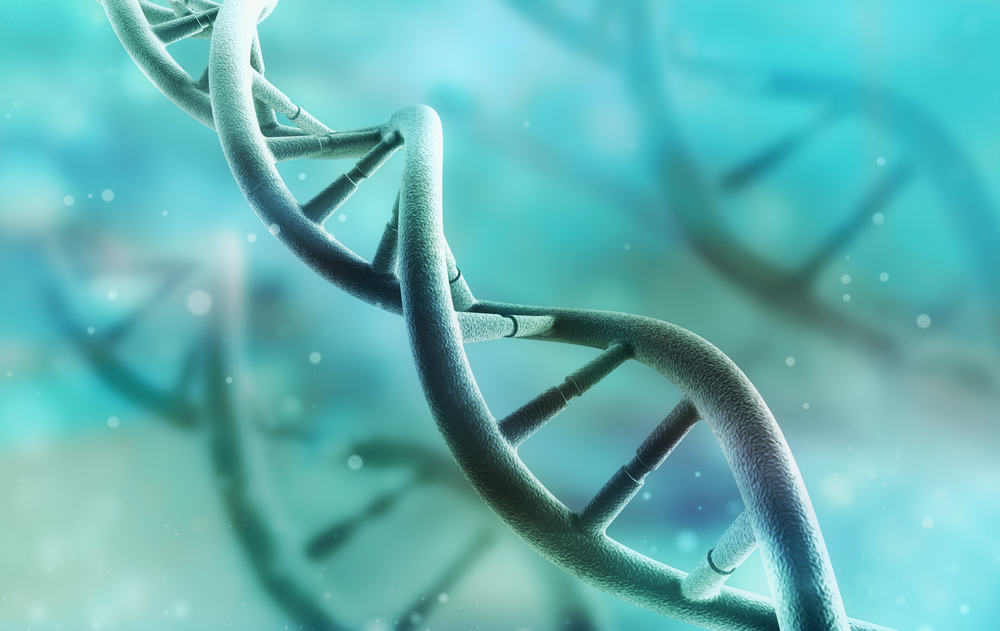UCLA’s Stem Cell Gene Therapy Could Treat DMD Patients

Researchers at the UCLA Center for Duchenne Muscular Dystrophy and Eli and Edythe Broad Center of Regenerative Medicine and Stem Cell Research have been working on a new approach that can potentially be used to treat Duchenne muscular dystrophy (DMD).
“This method is likely 10 years away from being tested in people,” UCLA Professor of neurology and co-director of the Center for Duchenne Muscular Dystrophy at UCLA, Melissa Spencer, said in a news release. “It is important that we take all the necessary steps to maximize safety while quickly bringing a therapeutic treatment to patients in clinical trials.”
The promising approach explores a technology called CRISPR/Cas9 (Clustered Regularly Interspaced Short Palindromic Repeats) to correct genetic mutations that trigger the disease. The study, titled “A Single CRISPR-Cas9 Deletion Strategy that Targets the Majority of DMD Patients Restores Dystrophin Function in hiPSC-Derived Muscle Cells” and published in Cell Stem Cell Journal, was led by first author Courtney Young and co-senior authors April Pyle and Melissa Spencer.
CRISPR/Cas9 is an occurring reaction natural to our bodies that bacteria use to fight viruses, which works in a similar way to a navigation system and can be programmed to find an exact part of the genetic code – like a mutation. Afterwards the mutation can be replaced with a normal genetic sequence. The Duchenne mutations in the iPS cells were then removed, using the CRISPR/Cas9 to restore the protein.
Once the researchers had created Duchenne-free iPS cells, they separated the iPS cells into cardiac muscle and skeletal muscle cells to then transplant the skeletal muscle cells into mice that had the dystrophin gene mutation. To test the platform, the team asked patients at the Center for Duchenne Muscular Dystrophy, whom all had mutations within the dystrophin gene for their consent on taking some skin cells. The researchers then reprogrammed the cells to create induced pluripotent stem cells, or iPS cells, in an FDA-approved facility – the Broad Stem Cell Research Center. iPS cells can transform into any type of human cell, while also maintaining the genetic code from the person they came from in the first place.
They found one of the most important discoveries to date: that the transplanted muscle cells could successfully produce the human dystrophyn protein. The UCLA researchers now plan to develop further strategies to try the Duchenne-specific CRISPR/Cas9 platform in the treatment of other animals, towards perfecting a potential method for human therapy.
According to a press release, the stem cell gene therapy could apply to nearly 60% of all DMD patients, a disease that today affects 1 in 5,000 young children of the male gender in the United States and ranks the highest among the most common fatal genetic diseases in children.
“This work demonstrates the feasibility of using a single gene editing platform, plus the regenerative power of stem cells to correct genetic mutations and restore dystrophin production for 60 percent of Duchenne patients,” commented April Pyle, who is an Associate Professor of microbiology, immunology and molecular genetics.






